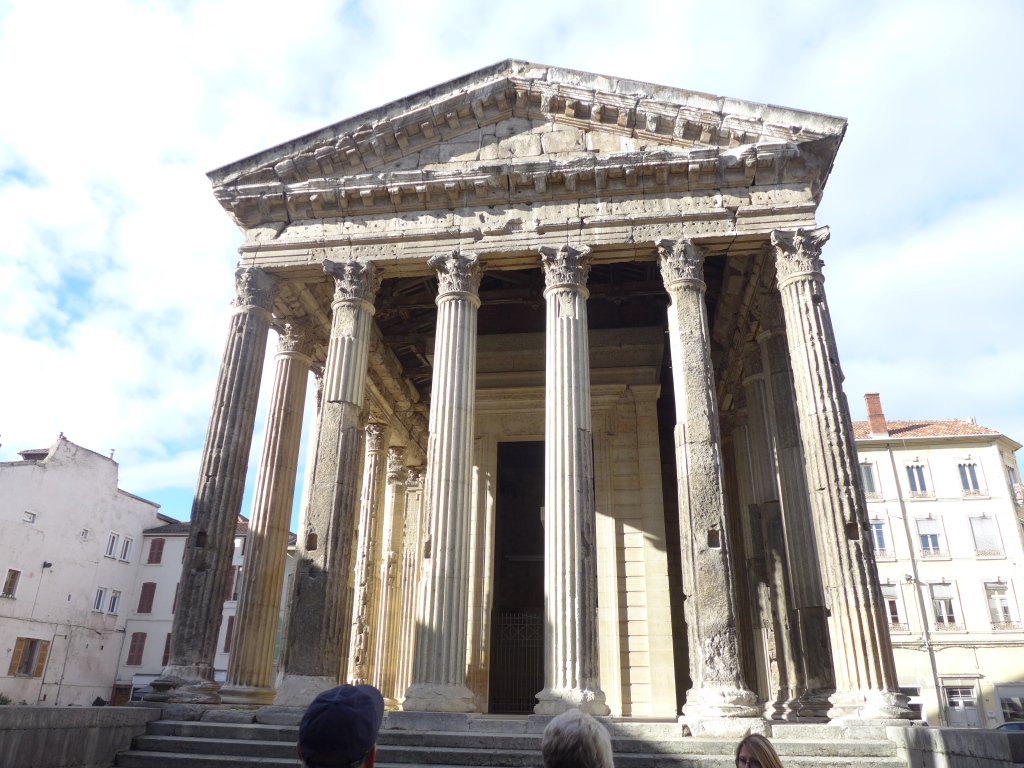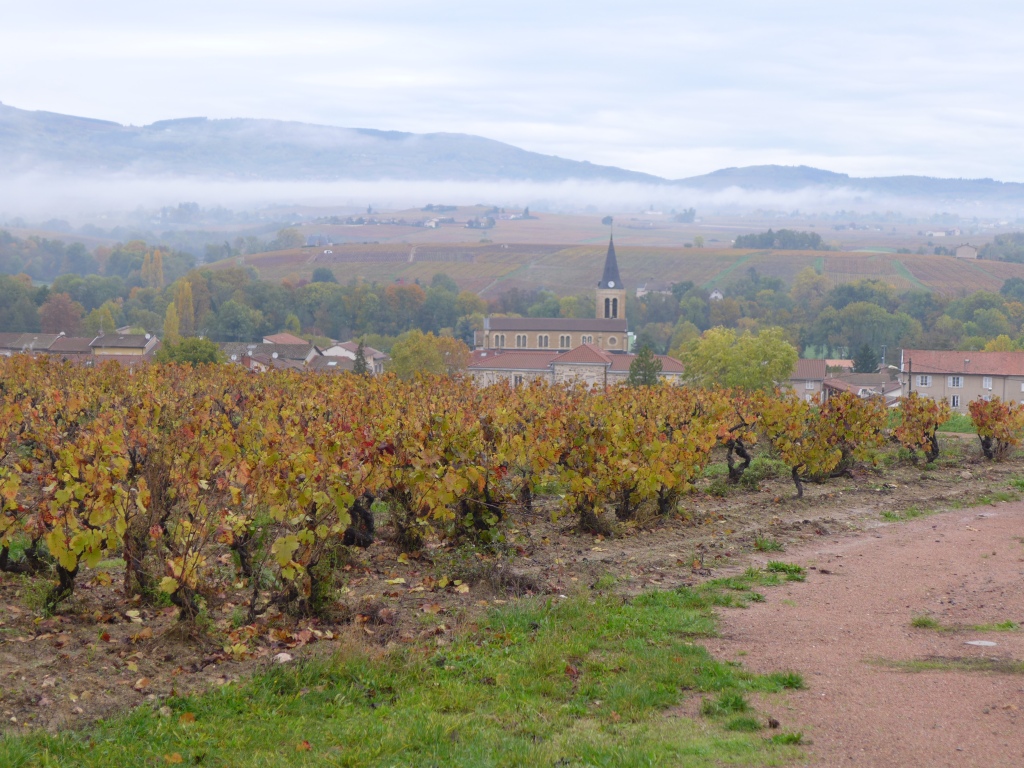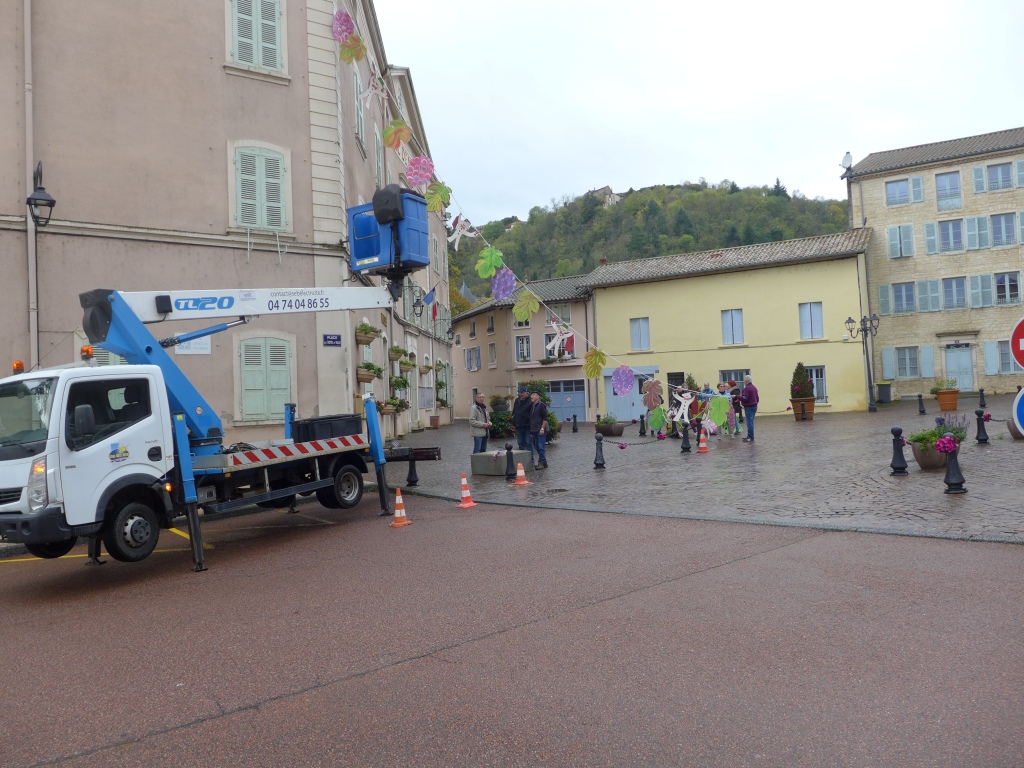Edith Wilson Roberts filled in at her husband’s podium for a total of three weeks. With her first radical lecture on “marriage and divorce” she caught the attention of the papers, including the local correspondent for the St. Louis Republic. She is described as petite, pretty, and “not after the order of the ‘strong-minded’ woman.” The reporter’s idea of a “strong-minded woman” is not clear, for he goes on to say, “She is practical, as witness the fact that for three years she managed a farm for her husband, and did it well.”
The Kansas City Star described her style of presentation, which differed quite a bit from her husband’s flamboyant rhetoric:
Mrs. Roberts’s voice is not strong, but like her husband she has the faculty of enunciating clearly. She did not attempt gestures or rhetoric, but spoke in a calm, dispassionate manner, which, if nothing more, convinced her hearers that she was thoroughly in earnest.
Mrs. Roberts’s second and third lectures did not draw so much attention. The second was on education. In this she began by pointing out that college is only the beginning:
After a young man has finished his course he has had a surfeit of books, but he knows little of life, he has had no experience. . . . No man is thoroughly equipped mentally until he has lived much; no man is educated who has not loved; it teaches us what nothing else can teach. We learn most of all through parenthood. The childless have missed the sweetest lessons of life.
She calls education “a sacred obligation” and declares, “The first requirement of education is absolute honesty with self.” This leads into a discussion of religion and science, and the hypocrisy of the former in maintaining old doctrines.
Edith Roberts’s third lecture was on Ingersoll. The Truth Seeker printed the lecture in full, noting that Mrs. Roberts spoke “acceptably to the large congregation.” She uses many quotations from Ingersoll himself, calling them “the language he himself has made immortal.” Following a survey of his attacks on Christian dogma and the Bible, she praises him for upholding justice, particularly for women:
There was no modern question of importance upon which the great positivist did not speak, and always with unfailing justice. Slavery, poverty, great wealth, prisons, punishments, labor, taxation, all called forth his intellectual fire, while from the heart he wrote of woman and the home, maternity and childhood, and of divorce—which he would give every woman for the asking. What Ingersoll has done for the women of America is a theme worthy the dignity of an entire discourse.
More generally, she says of Ingersoll’s career:
He gave us reason for dogma, truth for creeds, and in seductive speech he taught the busy throng what scholars learned from Huxley, Haeckel, Tyndall, Darwin. He left behind no monument, no institution. But he civilized the church as he had longed to do. He spread the light, he lifted up his age.
Cleary, Mrs. Roberts admired Ingersoll as much as her husband did, but she told his story in her own way, perhaps with a copy of Ingersoll’s lectures, which were newly published as a set, in hand.
Edith Roberts was not my ancestor, but I could wish she were; I admire her greatly. She was her husband’s equal and felt she should be treated as such. This would cause trouble later on. That story is told in my biography, John Emerson Roberts: Kansas City’s “Up-to-date” Freethought Preacher.





















